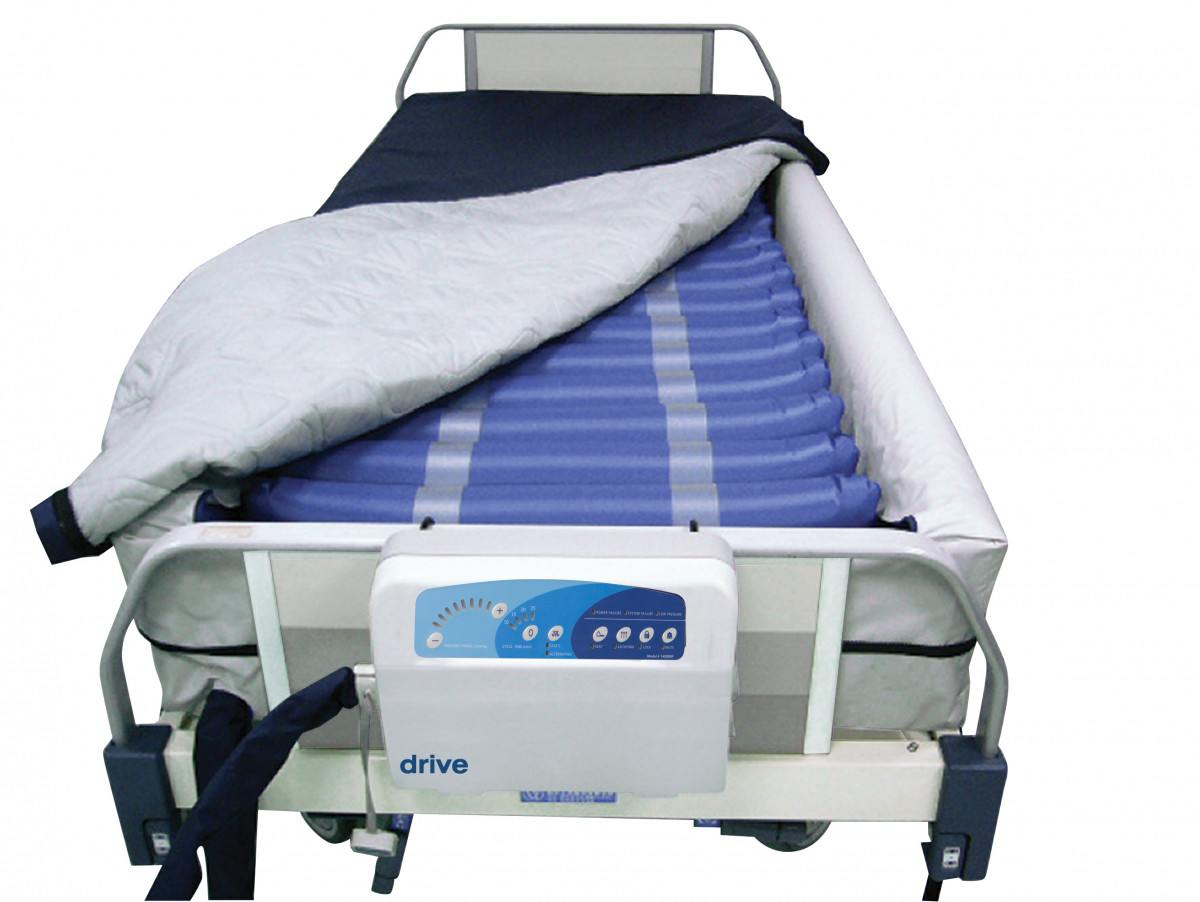If you've ever experienced the frustration of a kitchen sink that won't work while using the sprayer attachment, you're not alone. This common issue can be caused by a variety of factors, but luckily, there are some simple solutions that can get your sink back to working properly in no time. One of the most common causes of a kitchen sink sprayer attachment not working is a clogged sprayer head. Over time, mineral deposits and debris can build up in the sprayer head, restricting the flow of water. To fix this issue, simply unscrew the sprayer head and soak it in a mixture of hot water and vinegar for 15-20 minutes. Then, use a toothbrush to gently scrub away any remaining buildup before reattaching the sprayer head to the hose. Another potential cause of a malfunctioning kitchen sink sprayer is a kinked hose. If the hose leading to the sprayer is bent or twisted, it can restrict water flow and prevent the sprayer from working properly. To fix this, straighten out the hose and check for any holes or leaks that may also be affecting the water pressure. If neither of these solutions work, there may be an issue with the sprayer diverter. This is a small valve located on the side of the faucet that controls the flow of water to the sprayer. If it becomes clogged or damaged, it can cause the sprayer to stop working. To fix this, you may need to replace the diverter or call a plumber for assistance.1. How to Fix a Kitchen Sink That Won't Work When Using the Sprayer Attachment
When it comes to troubleshooting a kitchen sink sprayer attachment, there are a few common issues that may arise. One of the most frustrating is when the sprayer won't turn off after you've finished using it. This can be caused by a faulty sprayer head or a damaged diverter valve. If the issue is with the sprayer head, you may need to replace it with a new one. However, if the problem is with the diverter valve, you may need to call a professional plumber to repair or replace it. Another common issue with kitchen sink sprayer attachments is low water pressure. This can be caused by a variety of factors, including a clogged aerator, a faulty valve, or a leak in the hose. To fix this issue, you may need to clean or replace the aerator, check the valve for any damage, and inspect the hose for any leaks. If you're experiencing a weak stream of water coming from your sprayer attachment, it may be due to a buildup of mineral deposits in the hose or sprayer head. This can be resolved by soaking the affected parts in a mixture of hot water and vinegar and scrubbing away any buildup with a toothbrush.2. Troubleshooting Common Issues with Kitchen Sink Sprayer Attachments
Preventative maintenance is key when it comes to keeping your kitchen sink sprayer attachment working properly. Here are a few tips to help you maintain a functional sprayer: 1. Clean the sprayer head regularly: As mentioned earlier, mineral deposits and debris can build up in the sprayer head over time, causing it to clog and restrict water flow. To prevent this, make it a habit to clean the sprayer head every few months. 2. Check for leaks: Periodically inspect the hose and connections for any leaks or damage. If you notice any, replace the affected parts as soon as possible to prevent further issues. 3. Use high-quality parts: When replacing any parts of your kitchen sink sprayer attachment, be sure to use high-quality, durable materials. This will ensure that your sprayer continues to work effectively and efficiently. 4. Don't use harsh chemicals: Avoid using harsh chemicals or cleaning products on your sprayer attachment, as they can damage the materials and cause the sprayer to malfunction.3. Tips for Maintaining a Working Kitchen Sink Sprayer Attachment
If you've exhausted all troubleshooting options and your kitchen sink sprayer attachment still isn't working properly, it may be time to replace it. Here's how: 1. Turn off the water supply: Before beginning any work on your sink, be sure to turn off the water supply to prevent any accidents or flooding. 2. Remove the old sprayer: Unscrew the sprayer head from the hose and remove it from the sink. Then, use a wrench to remove the mounting nut that holds the hose in place. 3. Install the new sprayer: Attach the new sprayer head to the hose and secure it with the mounting nut. Then, reattach the hose to the sink and turn the water supply back on. 4. Test it out: Once the new sprayer is installed, turn on the water and test it out to ensure it's working properly.4. How to Replace a Faulty Kitchen Sink Sprayer Attachment
There are several reasons why your kitchen sink sprayer attachment may stop working. Some of the most common causes include: 1. Clogged sprayer head: As mentioned earlier, mineral deposits and debris can build up in the sprayer head, causing it to clog and restrict water flow. 2. Kinked hose: A bent or twisted hose can restrict water flow and prevent the sprayer from working properly. 3. Faulty diverter valve: The diverter valve controls the flow of water to the sprayer and can become clogged or damaged, causing the sprayer to stop working. 4. Low water pressure: This can be caused by a clogged aerator, a faulty valve, or a leak in the hose. 5. Mineral buildup: Over time, mineral deposits can build up in the hose and sprayer head, causing them to clog and restrict water flow.5. Common Causes of a Kitchen Sink Sprayer Attachment Not Working
Regularly cleaning and unclogging your kitchen sink sprayer attachment is important for maintaining its functionality. Here's how to do it: 1. Soak the sprayer head: Remove the sprayer head from the hose and soak it in a mixture of hot water and vinegar for 15-20 minutes. 2. Scrub away buildup: Use a toothbrush to gently scrub away any remaining mineral deposits or debris from the sprayer head. 3. Check the hose: Inspect the hose for any clogs or buildup. If necessary, use a small brush or pipe cleaner to remove any debris.6. How to Clean and Unclog a Kitchen Sink Sprayer Attachment
A kitchen sink sprayer attachment can offer a variety of benefits for homeowners, including: 1. Versatility: A sprayer attachment allows you to easily rinse dishes, pots, and pans without having to fill up the sink or use a separate sprayer. 2. Water efficiency: A sprayer attachment allows you to control the amount of water used, making it a more efficient option than a traditional faucet. 3. Easy cleaning: With the high-pressure spray, it's easier to clean hard-to-reach areas and remove tough food residue from dishes and cookware. 4. Faster filling: Using a sprayer attachment can speed up the process of filling large pots or buckets with water. 5. Saves space: A sprayer attachment eliminates the need for a separate sprayer, saving valuable space around the sink.7. The Benefits of Using a Kitchen Sink Sprayer Attachment
If you're looking to upgrade your kitchen sink with a new sprayer attachment, here's how to install it: 1. Gather your materials: You'll need a new sprayer head, a wrench, and plumber's tape. 2. Turn off the water supply: Before beginning any work, be sure to turn off the water supply to your sink. 3. Remove the old sprayer: Unscrew the old sprayer head from the hose and remove it from the sink. 4. Wrap the threads: Take some plumber's tape and wrap it around the threads on the end of the hose. 5. Attach the new sprayer: Screw the new sprayer head onto the hose and tighten it with a wrench. 6. Test it out: Turn the water supply back on and test out your new sprayer attachment to make sure it's working properly.8. How to Install a New Kitchen Sink Sprayer Attachment
If your kitchen sink sprayer attachment won't turn off, here are a few troubleshooting tips to try: 1. Check the sprayer head: The issue may be with the sprayer head itself. Check for any clogs or damage and replace it if necessary. 2. Inspect the diverter valve: If the issue is not with the sprayer head, it may be with the diverter valve. Check for any clogs or damage and replace it if needed. 3. Call a plumber: If you're unable to troubleshoot the issue on your own, it may be best to call a professional plumber for assistance.9. Troubleshooting Tips for a Kitchen Sink Sprayer Attachment That Won't Turn Off
If you're tired of dealing with a weak stream of water from your kitchen sink, consider upgrading to a high-pressure sprayer attachment. Here's how: 1. Choose the right sprayer: There are a variety of high-pressure sprayer attachments available, so be sure to choose one that is compatible with your sink and meets your needs. 2. Turn off the water supply: Before beginning any work, turn off the water supply to your sink. 3. Remove the old sprayer: Unscrew the old sprayer head from the hose and remove it from the sink. 4. Install the new sprayer: Follow the manufacturer's instructions to install the new high-pressure sprayer attachment. 5. Test it out: Turn the water supply back on and test out your new high-pressure sprayer attachment to see the difference in water pressure.10. How to Upgrade Your Kitchen Sink with a High-Pressure Sprayer Attachment
Kitchen Sink Working with the Sprayer Attachment: A Game-Changer in House Design

The Evolution of Kitchen Sinks
 When it comes to kitchen design, the sink is often overlooked as a simple and functional fixture. However, with the advancements in technology and design, the kitchen sink has evolved to become a focal point and a versatile tool in the kitchen. Gone are the days of the traditional, stationary faucets – enter the game-changer, the sprayer attachment. This innovative addition to the kitchen sink has revolutionized the way we use and think about this essential element in our homes.
When it comes to kitchen design, the sink is often overlooked as a simple and functional fixture. However, with the advancements in technology and design, the kitchen sink has evolved to become a focal point and a versatile tool in the kitchen. Gone are the days of the traditional, stationary faucets – enter the game-changer, the sprayer attachment. This innovative addition to the kitchen sink has revolutionized the way we use and think about this essential element in our homes.
The Benefits of a Sprayer Attachment
 The sprayer attachment provides a range of benefits that make it a must-have in any modern kitchen. One of the primary advantages is its convenience. The sprayer attachment allows for easy and precise cleaning of dishes, fruits, and vegetables, making meal prep and clean-up a breeze. It also has a greater reach than a traditional faucet, making it easier to fill large pots or buckets with water. Additionally, the sprayer attachment can be used to rinse off dirty dishes before placing them in the dishwasher, saving time and water.
The sprayer attachment provides a range of benefits that make it a must-have in any modern kitchen. One of the primary advantages is its convenience. The sprayer attachment allows for easy and precise cleaning of dishes, fruits, and vegetables, making meal prep and clean-up a breeze. It also has a greater reach than a traditional faucet, making it easier to fill large pots or buckets with water. Additionally, the sprayer attachment can be used to rinse off dirty dishes before placing them in the dishwasher, saving time and water.
Enhancing Functionality and Design
 Aside from its practical benefits, the sprayer attachment also adds a touch of style to the kitchen. With various finishes and designs available, it can complement any kitchen aesthetic, from traditional to modern. Its sleek and compact design also saves valuable counter space, making it a perfect fit for smaller kitchens. Furthermore, the sprayer attachment can be easily installed in both new and existing sinks, making it a versatile and cost-effective addition to your kitchen.
Aside from its practical benefits, the sprayer attachment also adds a touch of style to the kitchen. With various finishes and designs available, it can complement any kitchen aesthetic, from traditional to modern. Its sleek and compact design also saves valuable counter space, making it a perfect fit for smaller kitchens. Furthermore, the sprayer attachment can be easily installed in both new and existing sinks, making it a versatile and cost-effective addition to your kitchen.
The Versatility of a Sprayer Attachment
 The sprayer attachment is not limited to just the kitchen sink. It can also be used to clean other areas of the kitchen, such as countertops, stovetops, and even the inside of the oven. The powerful spray function can also be useful for cleaning outdoor grills or washing your car. With its multiple uses, the sprayer attachment proves to be a valuable and versatile tool in any household.
In Conclusion
, the sprayer attachment has transformed the way we use and think about our kitchen sinks. Its convenience, functionality, and design make it a game-changer in house design. With its numerous benefits, it is no wonder that the sprayer attachment has become a must-have in modern kitchens. So, if you want to upgrade your kitchen sink and take your cooking and cleaning game to the next level, consider adding a sprayer attachment – you won't regret it.
HTML Code:
The sprayer attachment is not limited to just the kitchen sink. It can also be used to clean other areas of the kitchen, such as countertops, stovetops, and even the inside of the oven. The powerful spray function can also be useful for cleaning outdoor grills or washing your car. With its multiple uses, the sprayer attachment proves to be a valuable and versatile tool in any household.
In Conclusion
, the sprayer attachment has transformed the way we use and think about our kitchen sinks. Its convenience, functionality, and design make it a game-changer in house design. With its numerous benefits, it is no wonder that the sprayer attachment has become a must-have in modern kitchens. So, if you want to upgrade your kitchen sink and take your cooking and cleaning game to the next level, consider adding a sprayer attachment – you won't regret it.
HTML Code:
Kitchen Sink Working with the Sprayer Attachment: A Game-Changer in House Design

The Evolution of Kitchen Sinks

When it comes to kitchen design, the sink is often overlooked as a simple and functional fixture. However, with the advancements in technology and design, the kitchen sink has evolved to become a focal point and a versatile tool in the kitchen. Gone are the days of the traditional, stationary faucets – enter the game-changer, the sprayer attachment . This innovative addition to the kitchen sink has revolutionized the way we use and think about this essential element in our homes.
The Benefits of a Sprayer Attachment

The sprayer attachment provides a range of benefits that make it a must-have in any modern kitchen. One of the primary advantages is its convenience. The sprayer attachment allows for easy and precise cleaning of dishes, fruits, and vegetables, making meal prep and clean-up a breeze. It also has a greater reach than a traditional faucet, making it easier to fill large pots or buckets with water. Additionally, the sprayer attachment can be used to rinse off dirty dishes before placing them in the dishwasher, saving time and water.
Enhancing Functionality and Design

Aside from its practical benefits, the sprayer attachment also adds a touch of style to the kitchen. With various finishes and designs available, it can complement any kitchen aesthetic, from traditional to modern. Its sleek and compact design also saves valuable counter space, making it a perfect fit for smaller kitchens. Furthermore, the sprayer attachment can be easily installed in both new and existing sinks, making it a versatile and cost-effective addition to your kitchen.
The Versatility of a Sprayer Attachment

The sprayer attachment is not limited to just the kitchen sink. It can also be used to clean other areas of the kitchen, such as countertops, stovetops, and even the inside of the













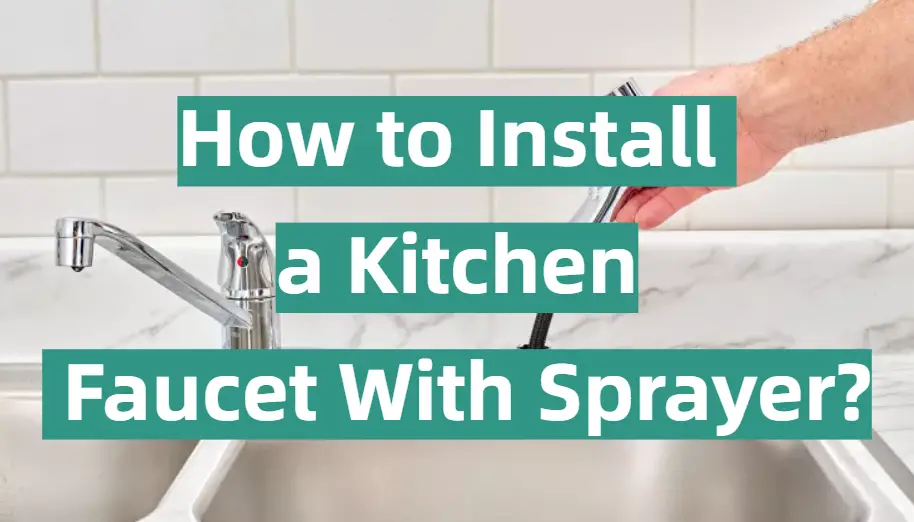

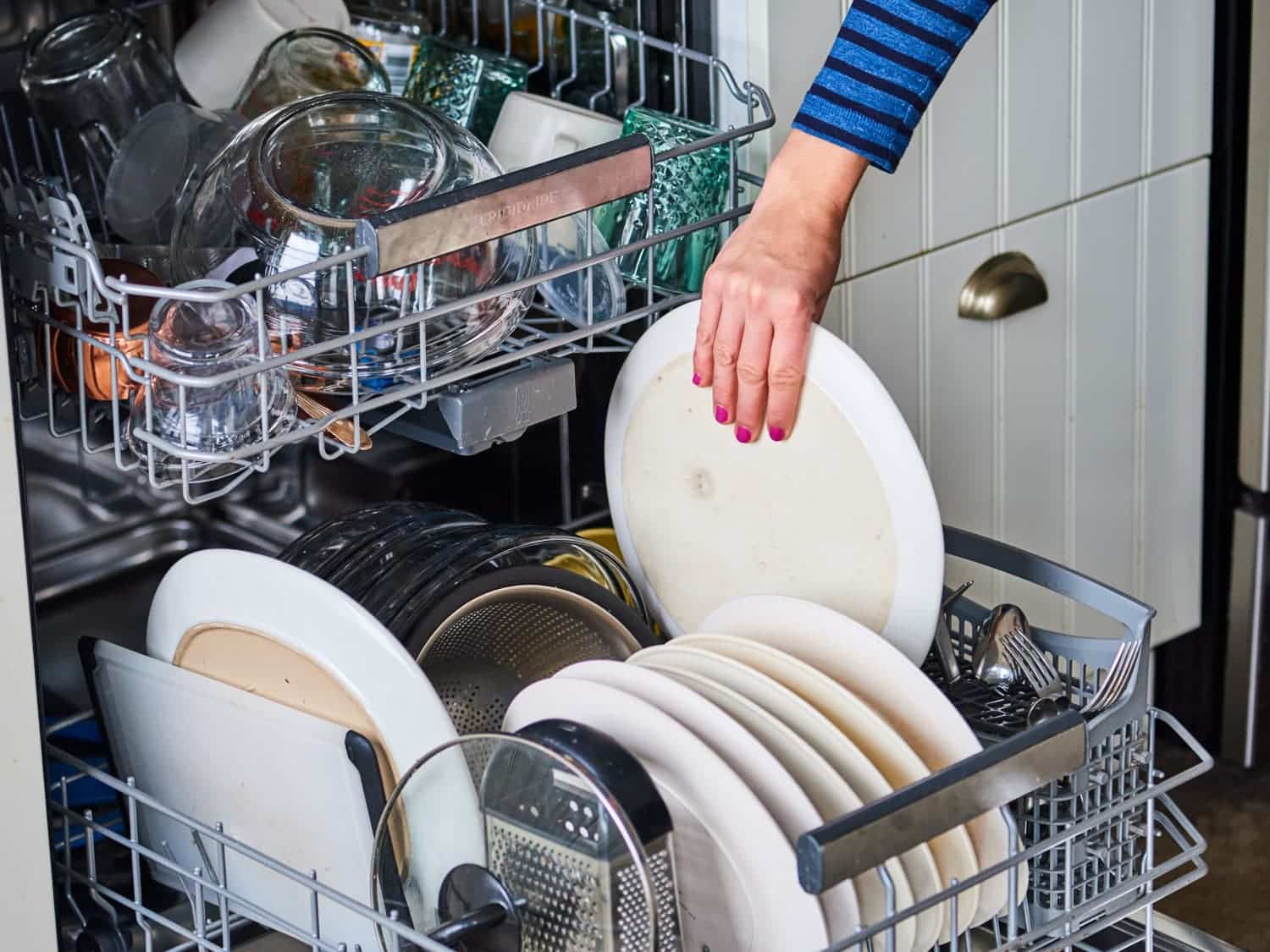













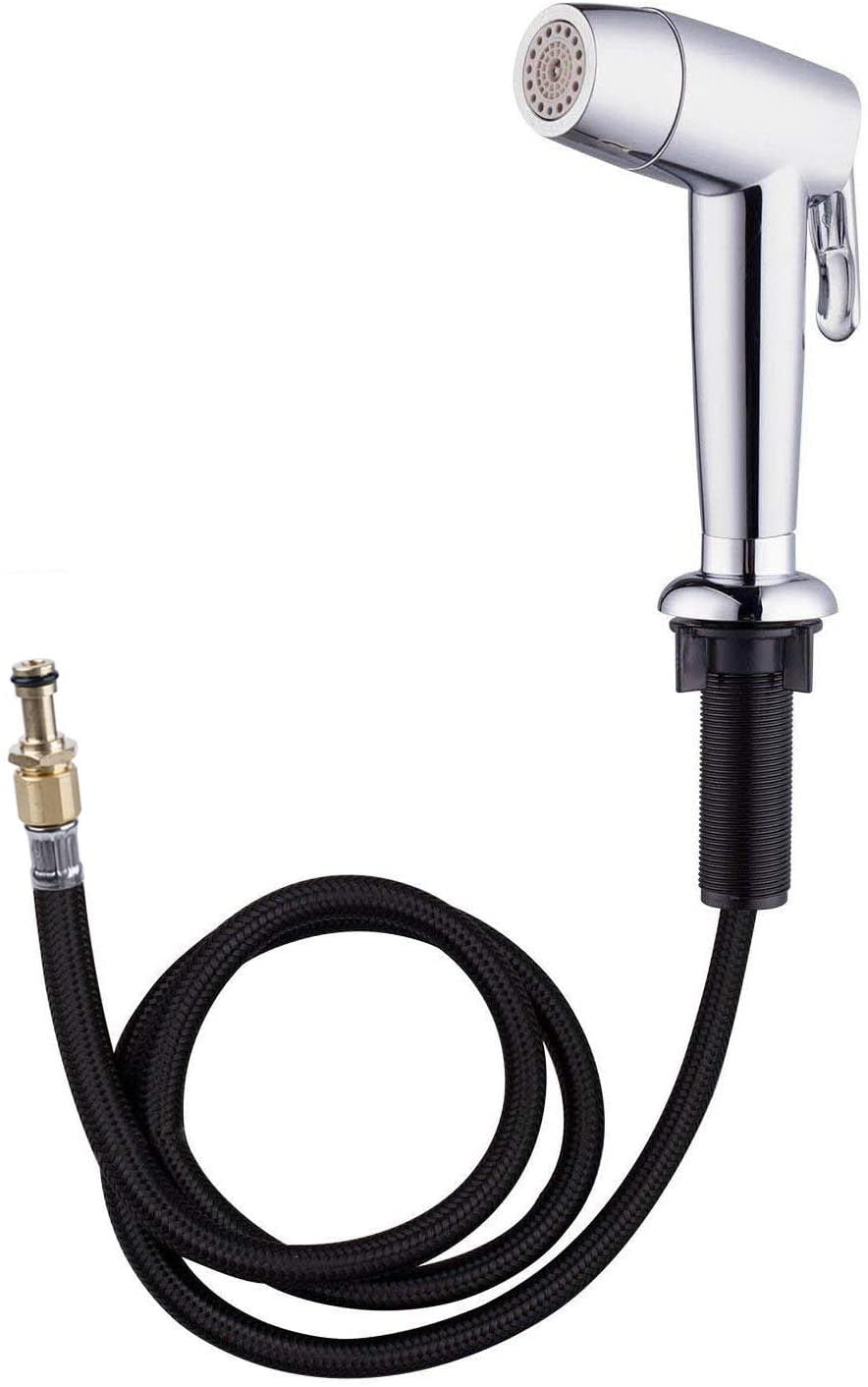








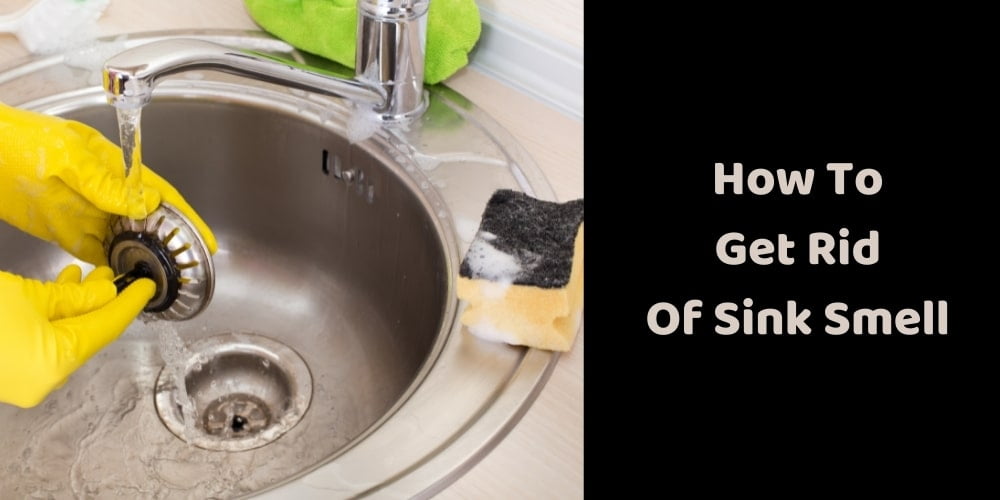

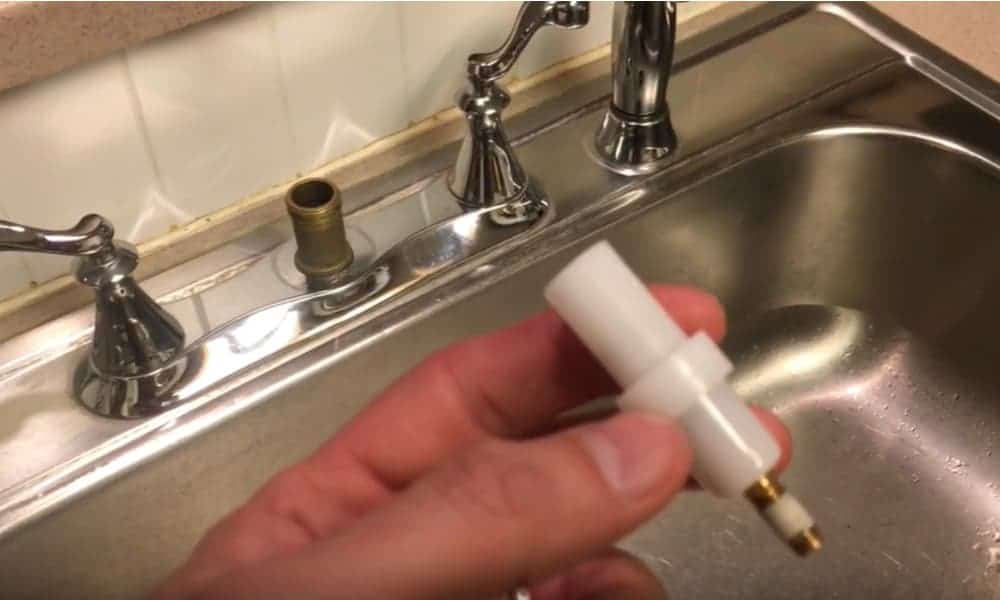









/how-to-unclog-a-kitchen-sink-2718799_sketch_FINAL-8c5caa805a69493ab22dfb537c72a1b7.png)














:max_bytes(150000):strip_icc()/installing-a-kitchen-sink-sprayer-2718817-hero-2b7047468d594da6be2494ba0eebb480.jpg)

/25089301983_c5145fe85d_o-58418ef15f9b5851e5f392b5.jpg)

:max_bytes(150000):strip_icc()/installing-a-kitchen-sink-sprayer-2718817-05-36c4e6f6c5f34c7abed7277ee47c70c2.jpg)








:max_bytes(150000):strip_icc()/Basic-kitchen-sink-types-1821207_color_rev-0b539306b9ef4236a136624ad2a89a4c.jpg)








